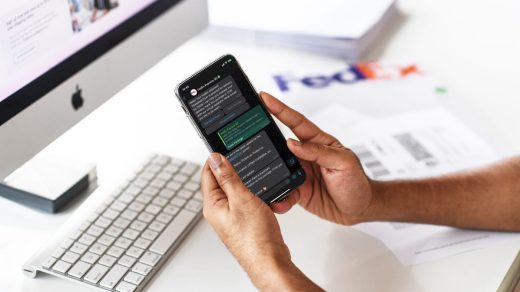Don’t we live in a throwaway culture where it’s ok to toss out gadgets if it starts malfunctioning? Not all, but some of us do it in excitement to purchase a new one. What if you learn how to fix common PCB issues and get a lot of mileage out of it? This will increase the lifespan of the product, and you will save on money too. Take a deep look at this 8-step guide for the best PCB repair training.
How to repair a printed circuit board?
Step 1 – First, collect tools and other materials before you start the best PCB repair training:
- a) A flathead screwdriver, sharp knife, or wonderful sandpaper
- b) Soldering gun
- c) Hot air gun
- d) Adhesive copper tape
- e) Pen
- f) Scissors
- g) Tweezers
- h) Paper clip
- i) Cotton swab
Step 2 – Remove the damaged part
First, fix your PCB with tape or something on your work surface to don’t move when you work on it. Sometimes, to diagnose a damaged PCB, you will need an oscilloscope to check signal strength or waveforms at different points. But here, we will proceed with another method, that is, by looking for a burned area.
Once you have found the component on your PCB that isn’t working correctly, you need to remove it. Take the hot air gun in your hand, switch it on, and hold it at no less than 6 inches from the failed component. After over a couple of seconds has passed, try to lift away the component using a pair of tweezers. If it doesn’t come out quickly, you need to heat it for a few more seconds and then give it another shot. This is a critical part of the best PCB repair training, as a little more effort than needed could damage the PCB.
Step 3 – Clean the area and remove existing solder
Once you have removed the failed component, start removing solder material deposited there using a sharp knife. Make sure it looks shiny and clean after you have removed the solder and rubbed the sandpaper.
Step 4 – Stick the copper tape on that area
Once the component area is neat and clean, you need to stick adhesive copper tape over that area. Be sure that the copper tape overlaps that area completely through the hole and some area surrounding it.
Step 5 – Apply solder
In this step, you need to solder the joints where the new copper tape joins the existing track of the PCB. To learn hand soldering, you can pursue technical courses from the best solder training institute.
Keep in mind that the copper tape melts quickly when it comes into contact with heat. So, begin soldering only when you are sure that you will finish it in one go.
Step 6 – Refix the PCB
Now you need to press down on the area where you have just applied the solder with a pen and rub firmly to ensure that the copper tape has been stuck nicely.
Step 7 – Pick up and solder the new component
The next thing you need to do is solder the new component on the PCB. Make sure to keep your heat application as low as possible so that copper tape doesn’t melt and the new member gets adequately fixed on the PCB as well. The new joint that you just made would be fragile as of now, so it’s imperative to handle it with care.
Step 8 – Cut down the excess tape in the reworked area
The last thing you need to do is pick up scissors and cut the excessive copper tape on the reworked area. Do note one important thing here is that you may restore the PCB to functionality following all these steps, but the repaired part will never be that strong as the original board was. Still, you have done a great job by repairing the PCB that many others would have thrown out of the window.
Final words on PCB repair/rework
As you have seen, it isn’t a hard row to hoe when it comes to PCB repair or rework. All you need to complete the PCB repair task successfully is a few tools, a little guidance, and a little bit of practice. If you haven’t repaired a PCB, give it a try this time and be honest to note down the results and your experience. Even if things go wrong while carrying out the PCB repair work, you will lose an electronic item. But the kind of experience you will get out of it will be completely worthy. You can then work on your weaker areas and try not to repeat the same mistake while repairing another PCB.





Recent Comments